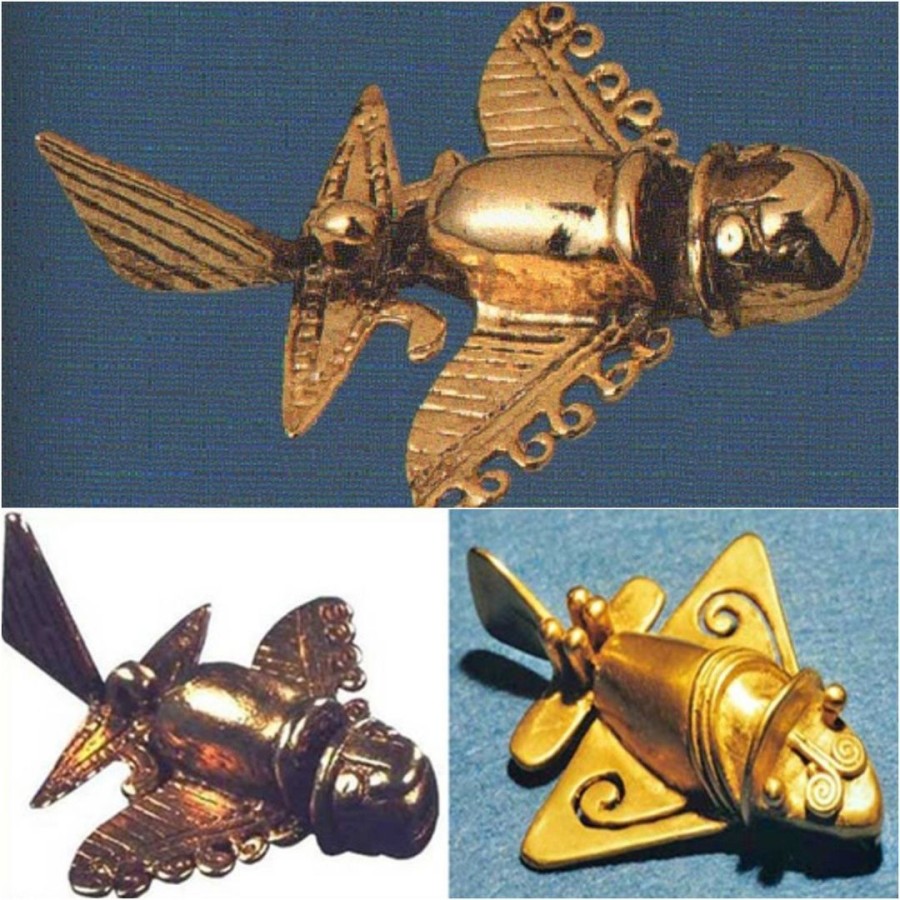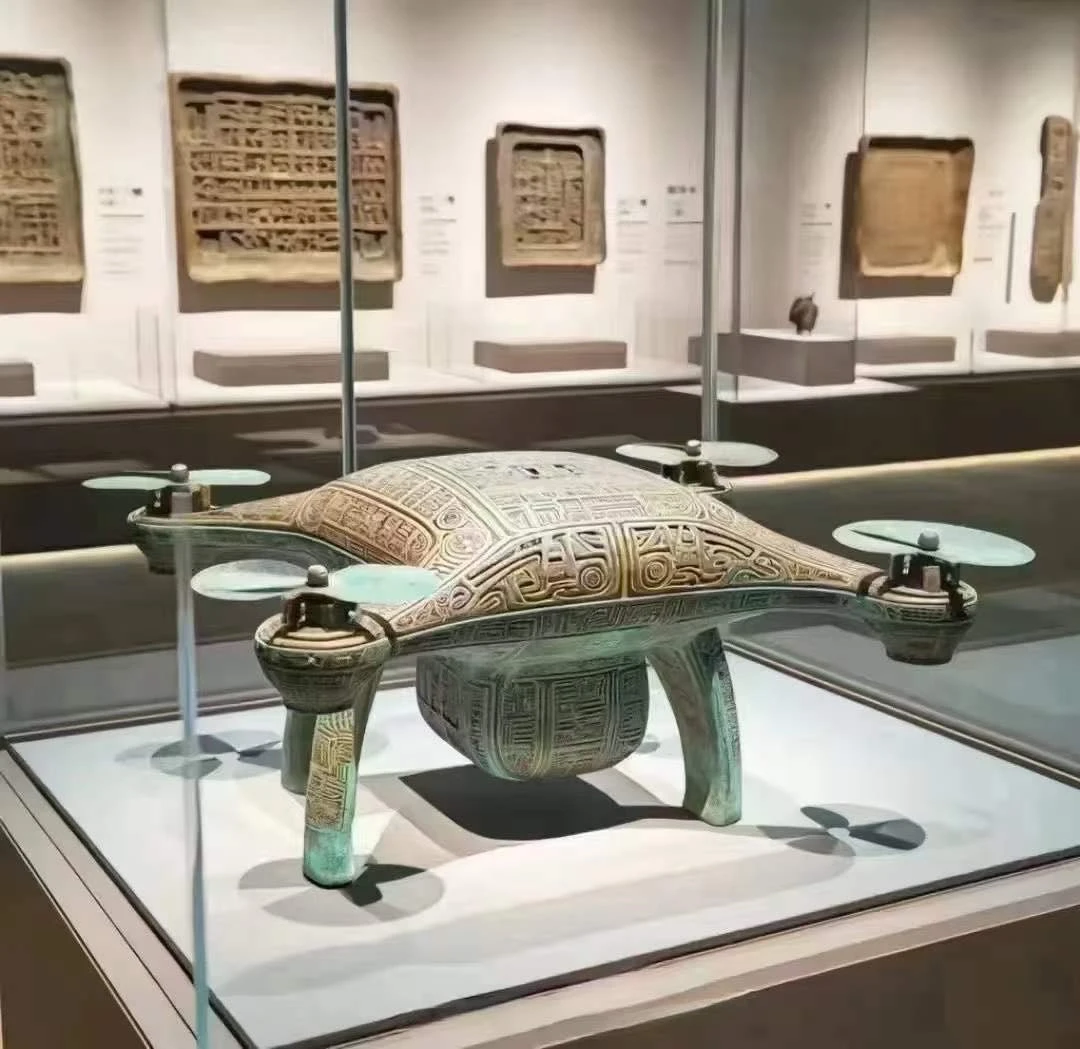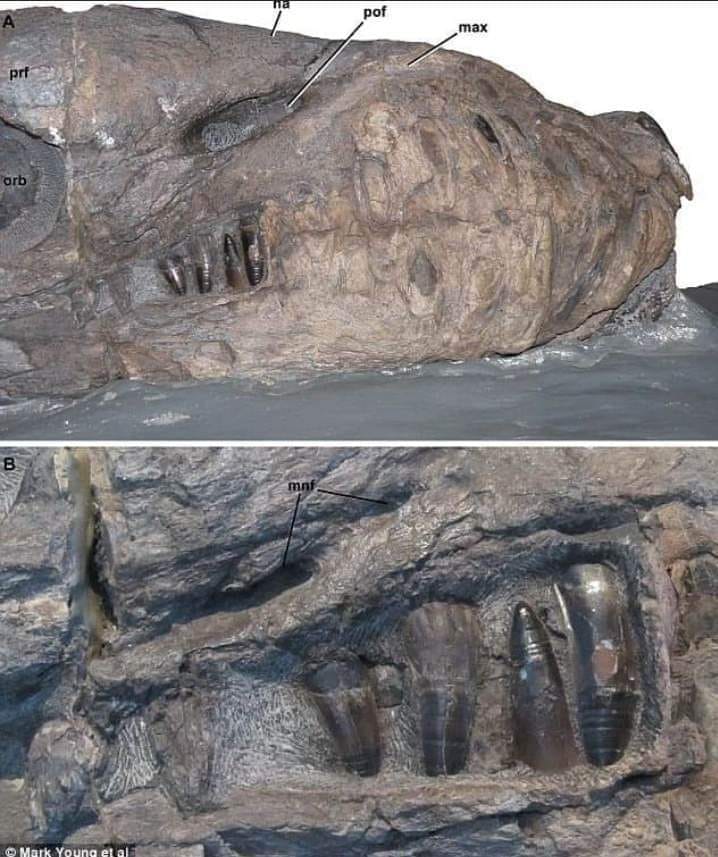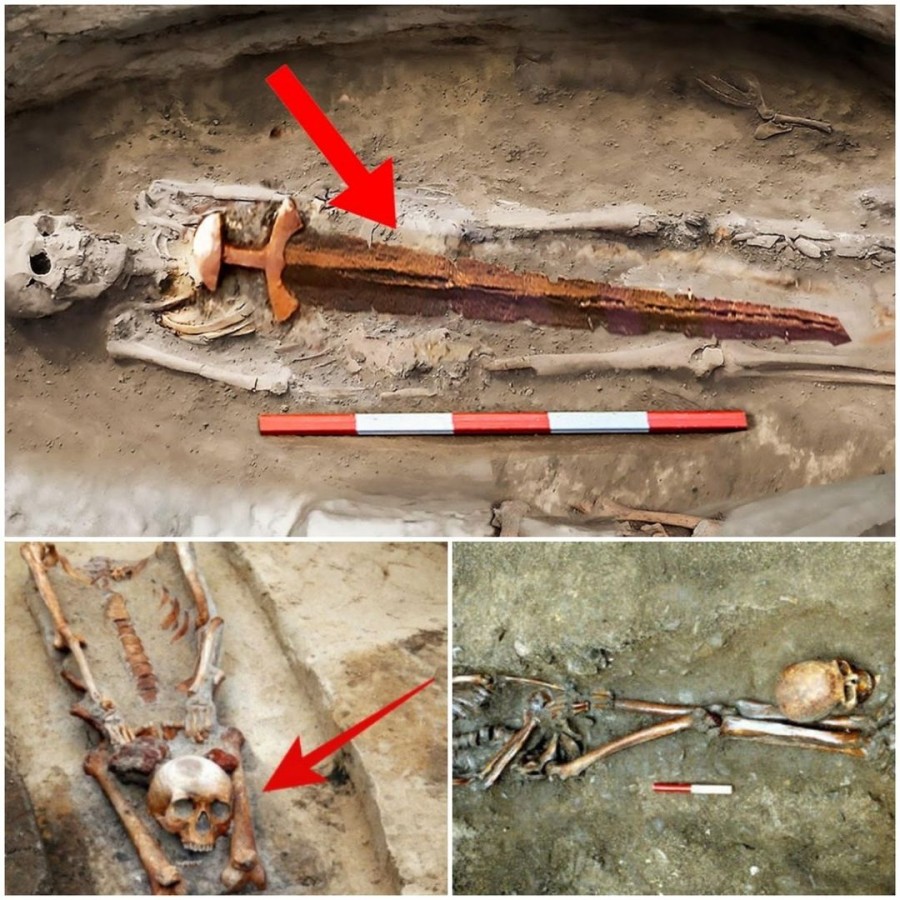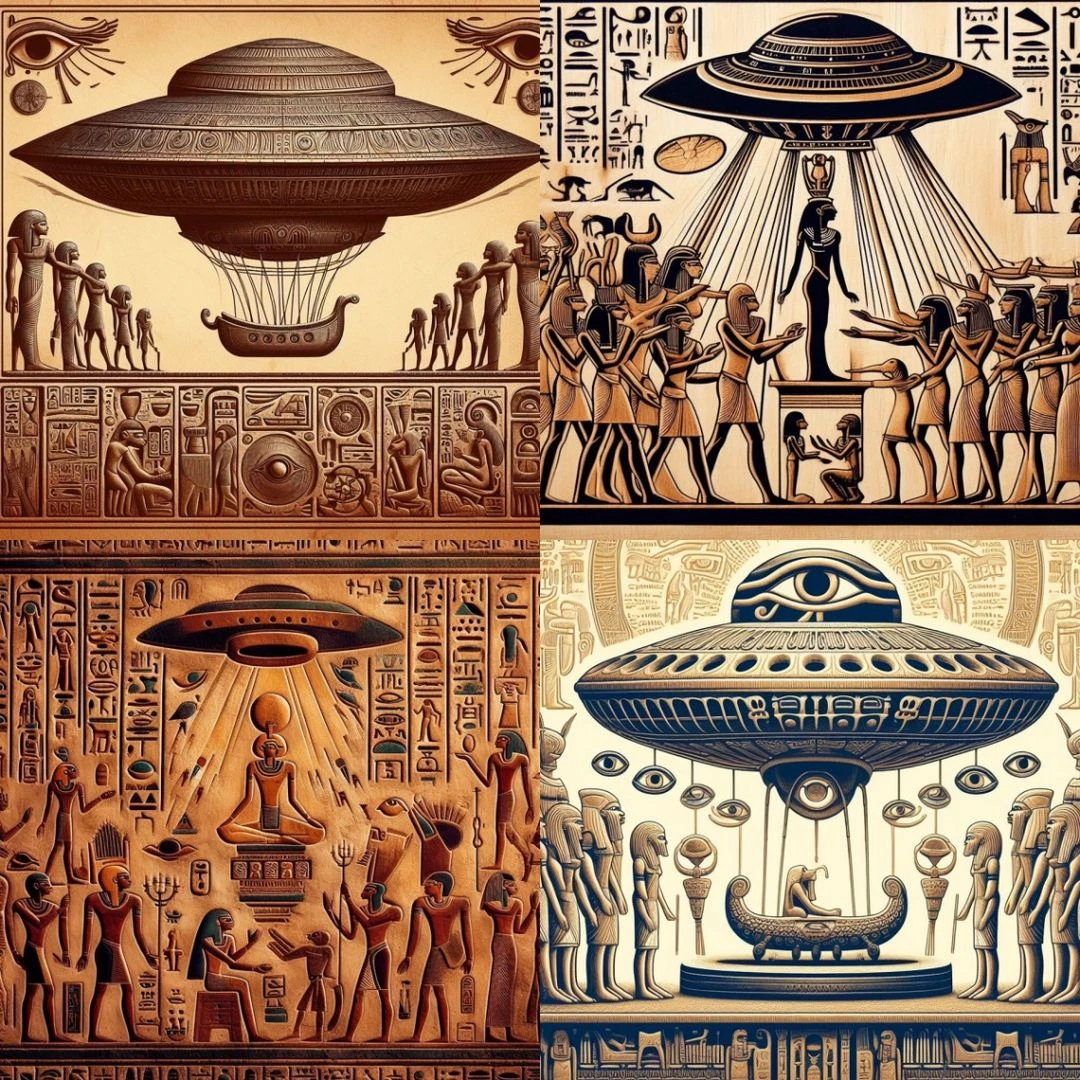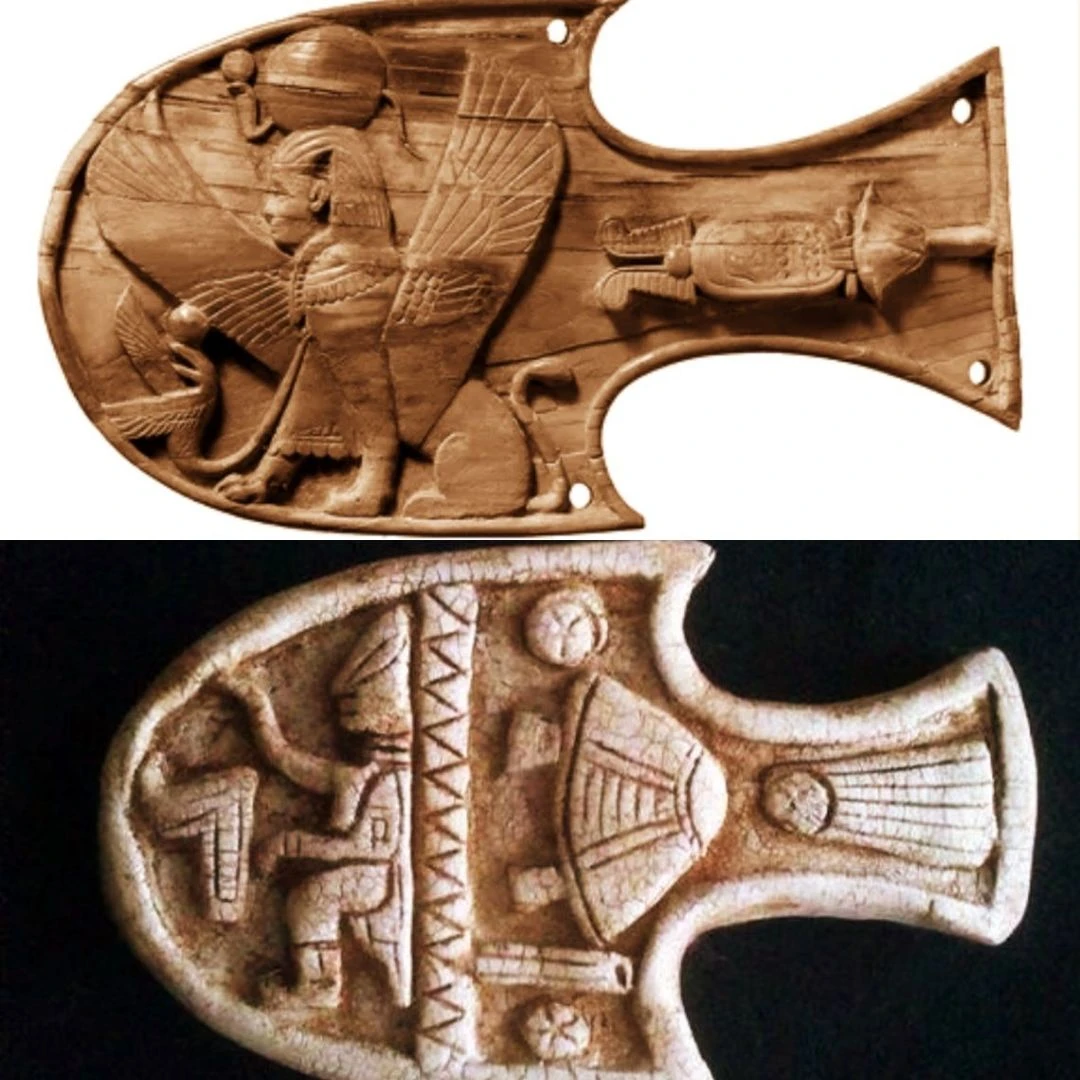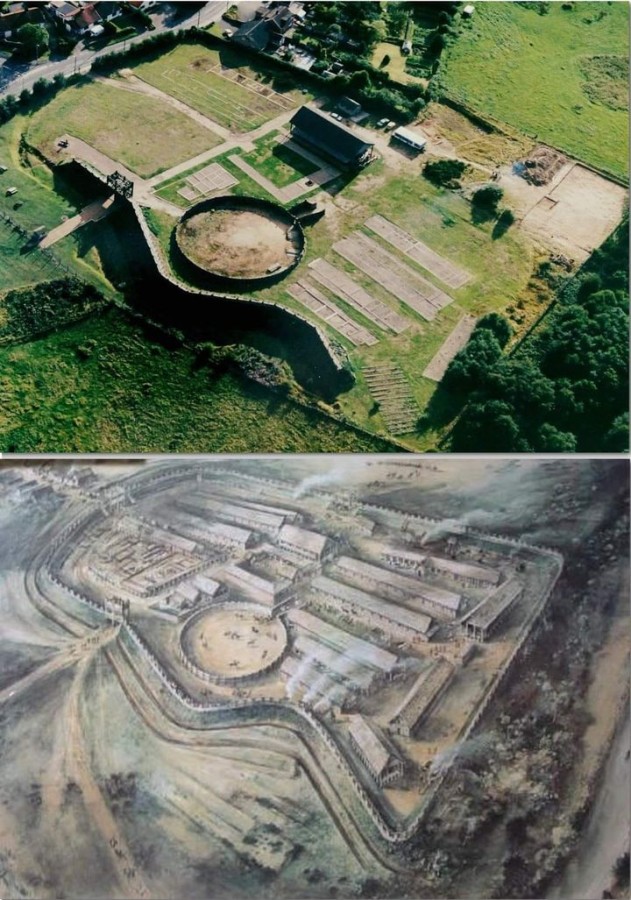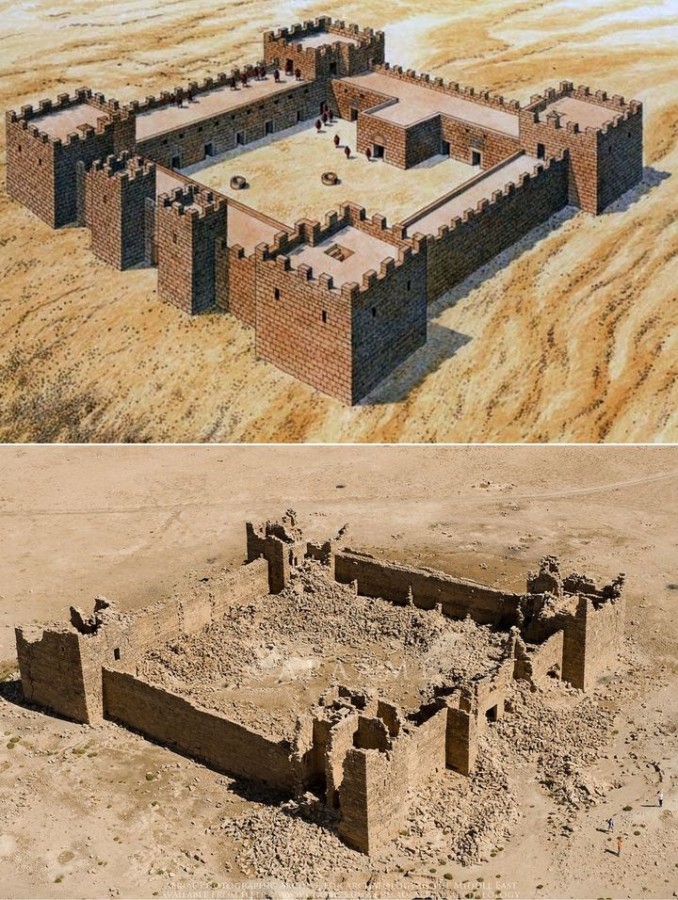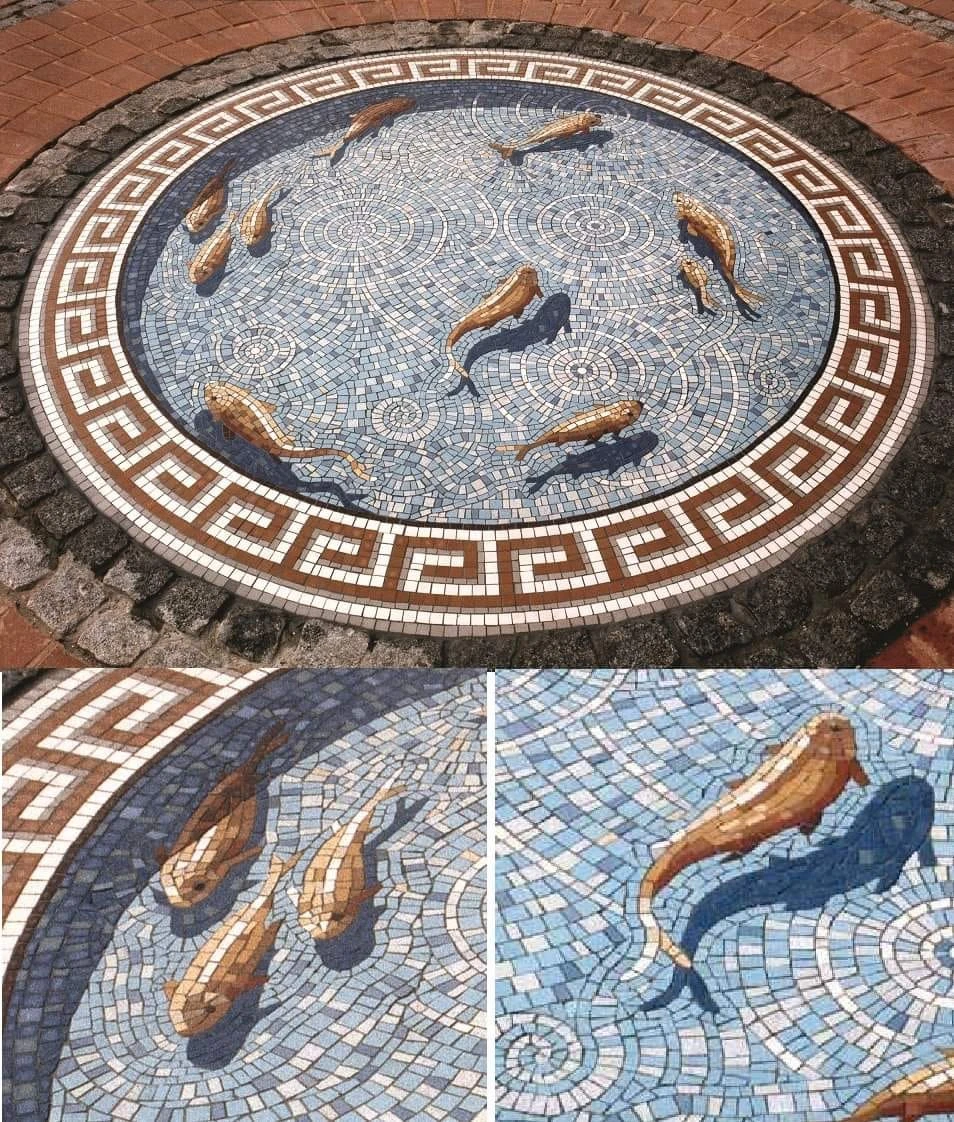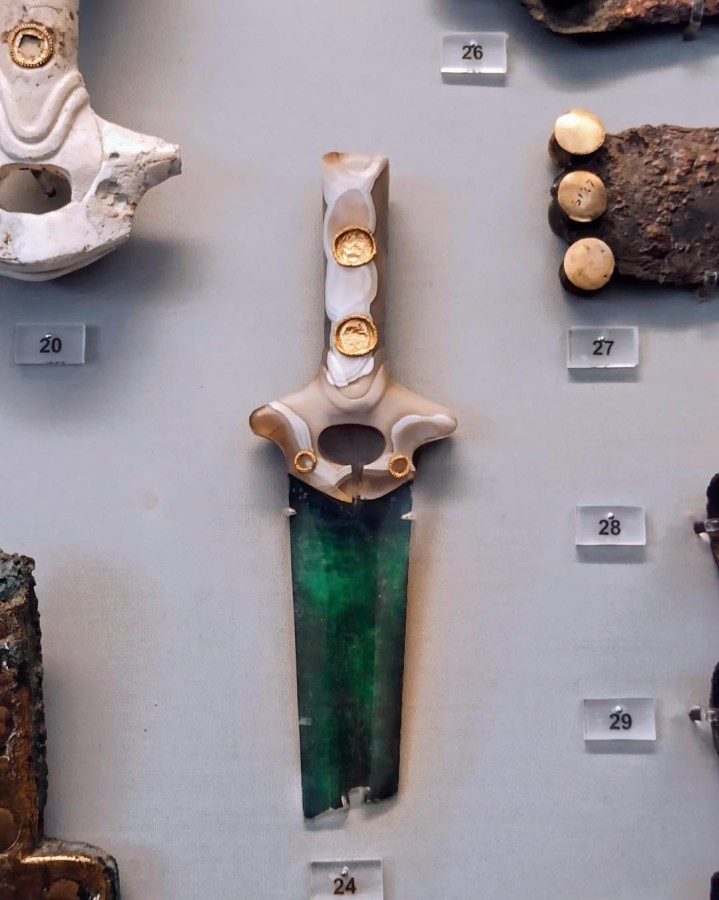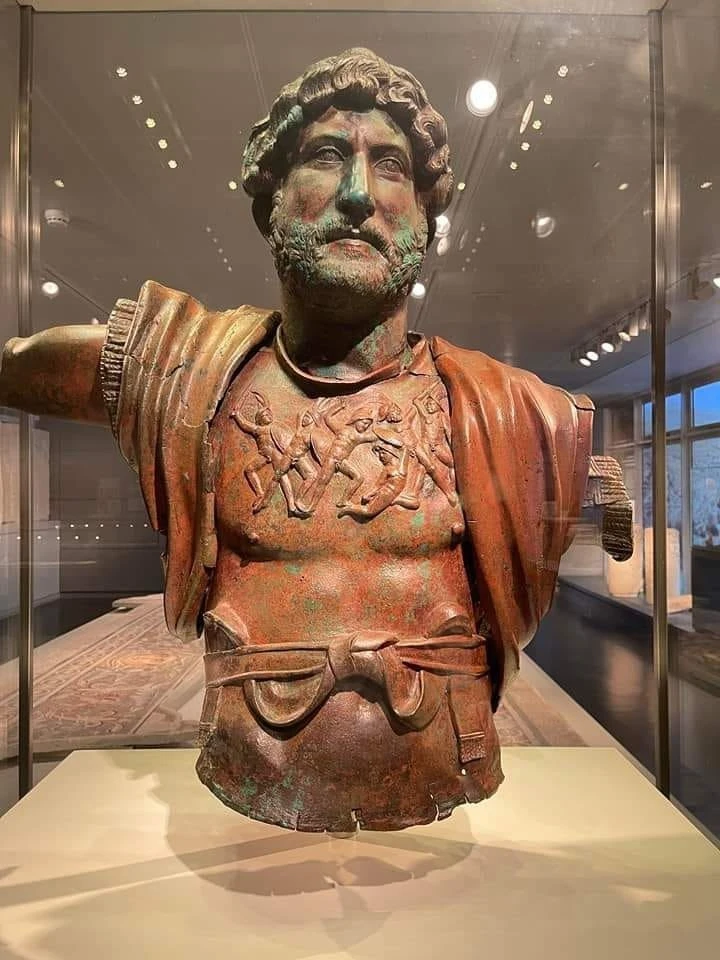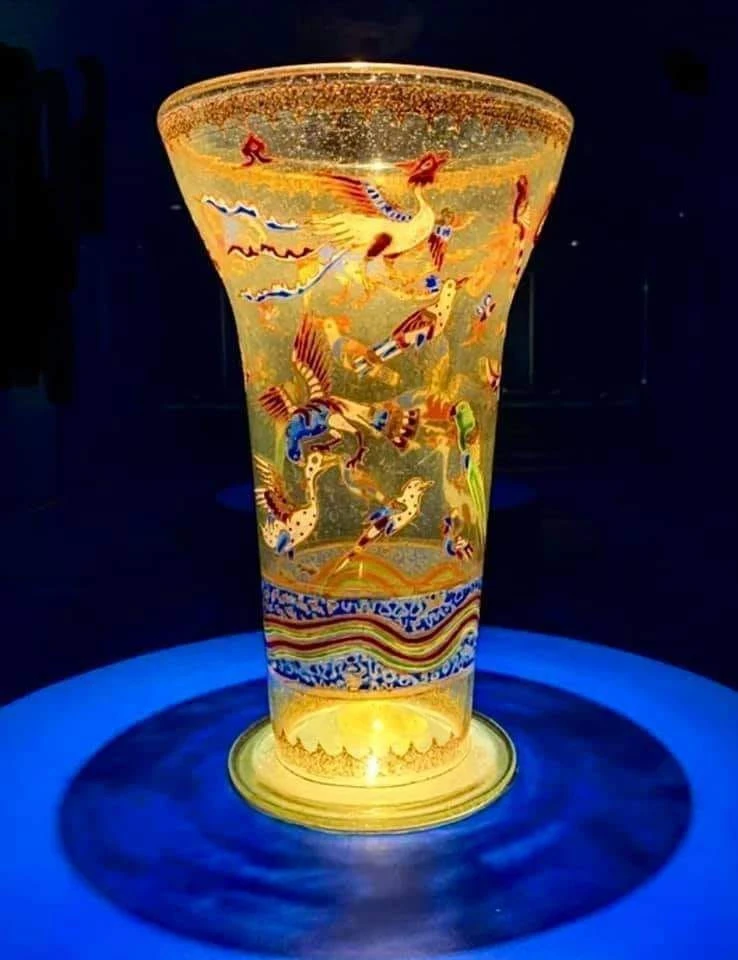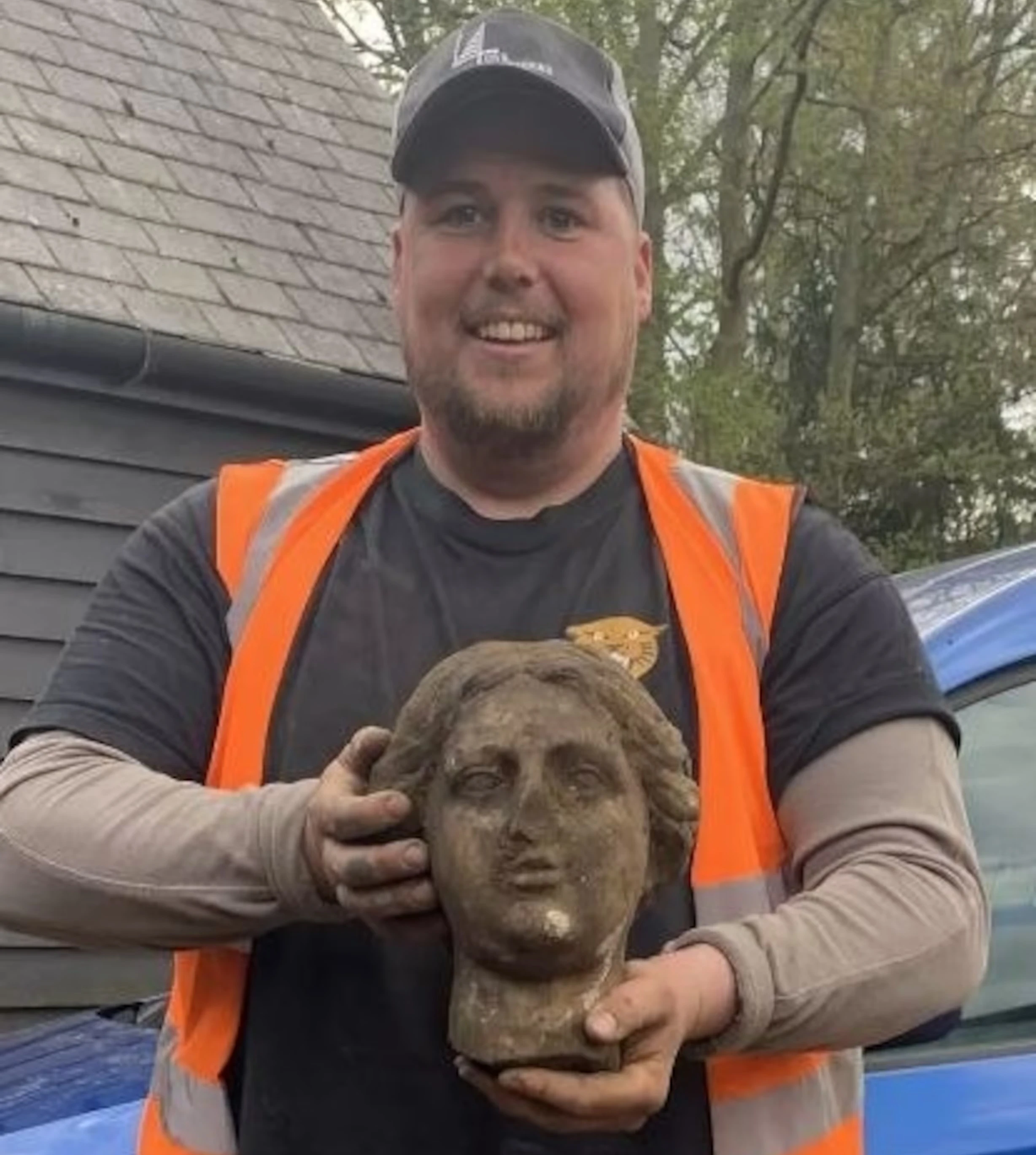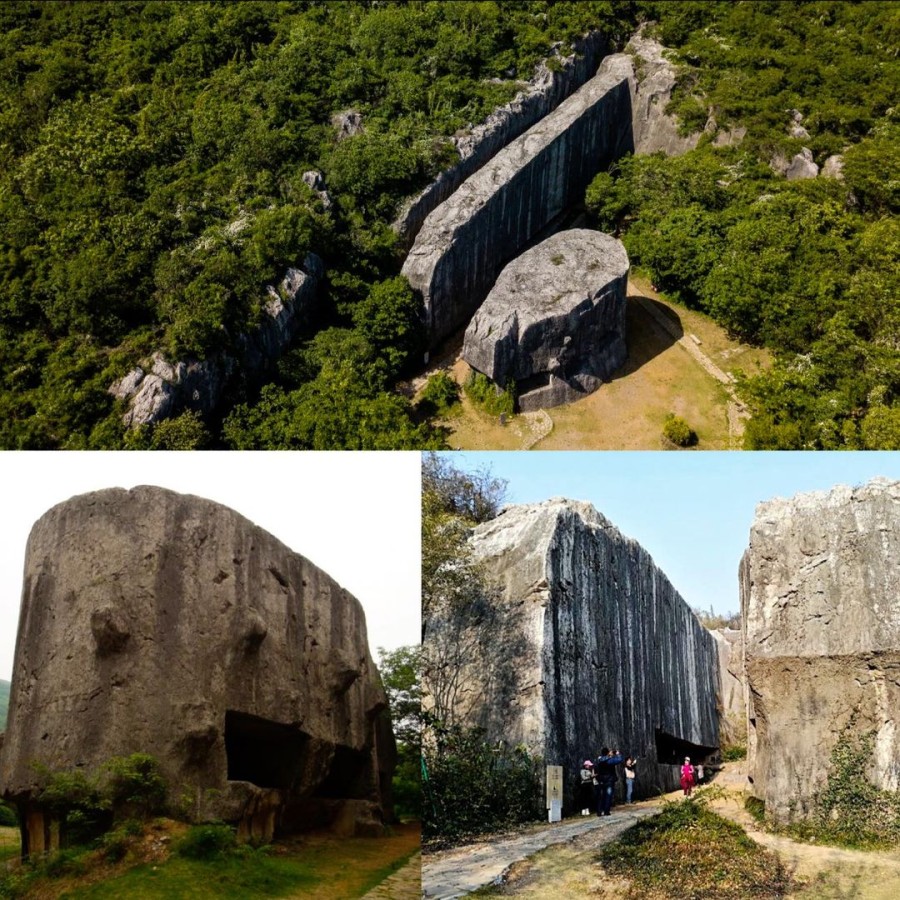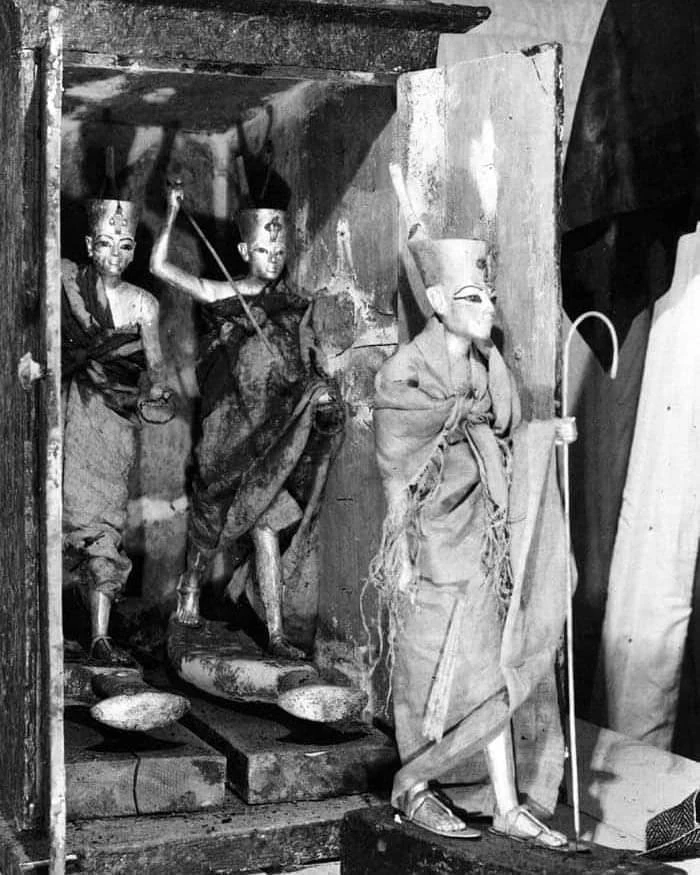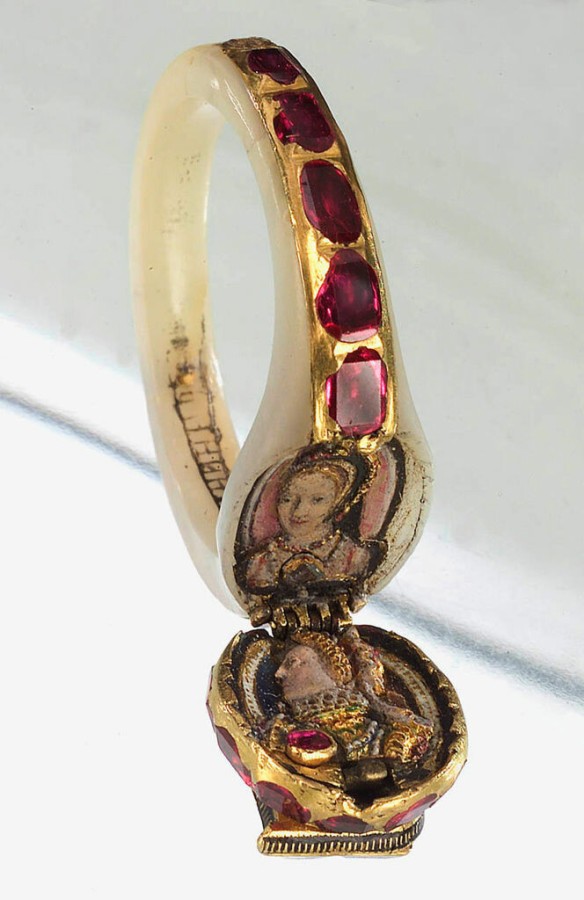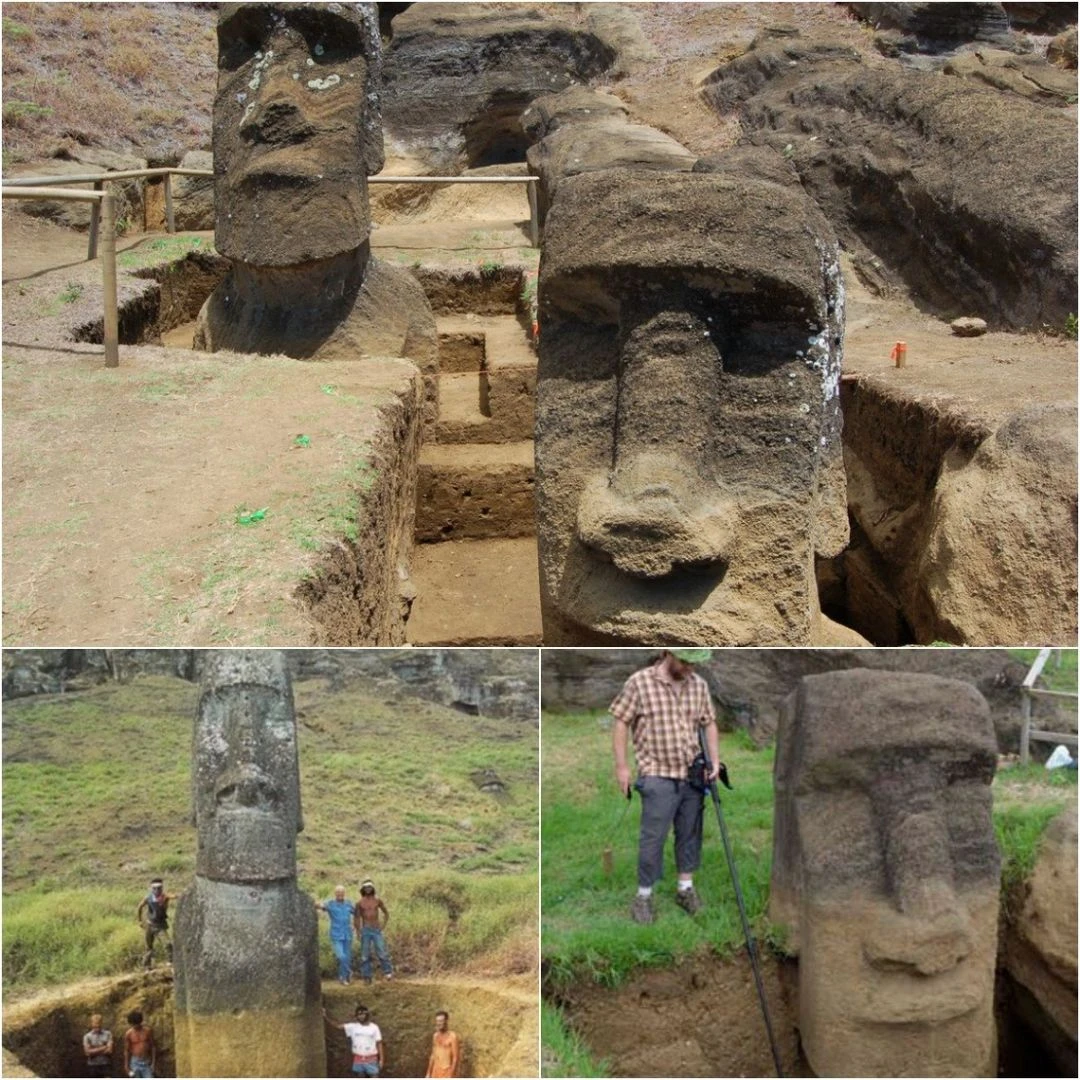In contrast to Anatolia and Near East, the earliest stages in the development of Mediterranean metallurgy appear only after about 5500 BC. During the late Neolithic of Aegean (ca. 5500-4500 BC) pins of copper turn up at Dikili Tash, Paradeissos, and Kitsos Cave, while two small daggers have been recovered from Aya Marina in Phocis. It was only during the following, Final Neolithic period (ca. 4500-3700 BC) however that Aegean metallurgy began to flourish. Copper, Gold, silver and lead artifacts have been recovered at least twelve different sites of this period, including large assemblages of metal finds at sites such as Zas Cave on Naxos and copper daggers from Dimini and Sesklo. The early swords of the Aegean Bronze Age are some of the most striking artefacts from this epoch in terms of craftsmanship and opulence. Their perceived role has at various times ranged from their being ritual objects, to being restricted in terms of modes and environments of use, to their being perfectly serviceable tools of war. The early swords evolving out of the dagger. Before bronze, stone was used as primary material for cutting edged tools and weapons. Stone is however very fragile, and therefore not practical to be used as swords. With the introduction of copper, and eventually bronze the daggers could be made longer, and evolved into swords. The earliest Aegean/Anatolian swords were found at Arslantepe, Turkey, dating to ca. 3300 BC. Sword finds are however very rare until around 2300 BC. In general, the evolution of blade weapons in the Aegean Bronze Age is from the dagger or knife in the Early Bronze Age to the earliest narrow bladed “rapier” swords optimized for thrusting from the Middle Bronze Age to the typical leaf-shape blades in the Late Bronze Age.
